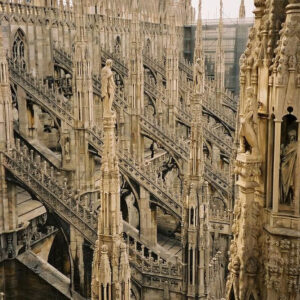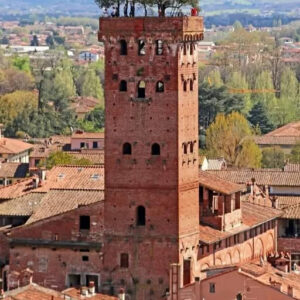Under the sunlit skies of Greece, a narrow artificial waterway carves through towering limestone cliffs, connecting two great seas. The Corinth Canal, a feat of human engineering and perseverance, is more than just a navigational shortcut—it is the realization of a vision dating back over 2,500 years. From ancient Greek rulers to Roman emperors, and eventually modern engineers, the dream of cutting through the isthmus of Corinth has long been pursued. Today, the Corinth Canal stands as a testament to both ancient ambition and modern ingenuity, serving as a crucial maritime route and a breathtaking tourist attraction.
The Vision and Early Attempts
The concept of creating a direct passage between the Ionian and Aegean Seas dates back to 7th century BCEGreece. Periander, the tyrant of Corinth and one of the Seven Sages of Greece, was the first recorded leader to propose the idea. However, his plan was abandoned due to religious superstitions and technological limitations. Instead, the Greeks built the Diolkos, a stone-paved road where ships were transported across the land using wheeled platforms.
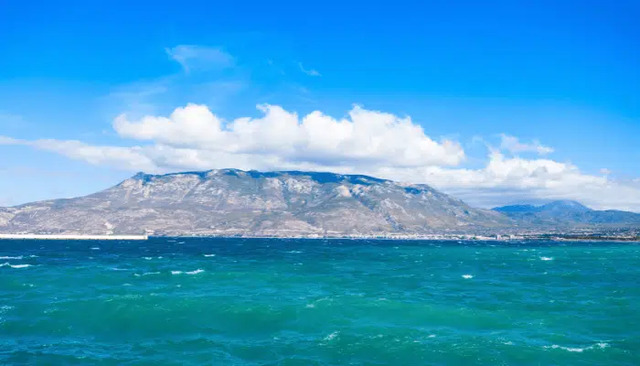
Fast forward to 307 BCE, Macedonian ruler Demetrius I Poliorcetes revived the idea, but engineers warned that cutting through the isthmus might flood the Saronic Gulf. Roman emperors Julius Caesar, Caligula, and Hadrian also considered the project, yet none succeeded in executing it.
The most significant early attempt came in 67 CE when Emperor Nero himself broke ground on the canal, using a golden pickaxe in a ceremonial beginning. Over 6,000 slaves dug nearly 3,000 meters before the project was abandoned upon Nero’s death in 68 CE. His assassination halted all progress, leaving the vision of a Corinthian canal unrealized for another 1,800 years.
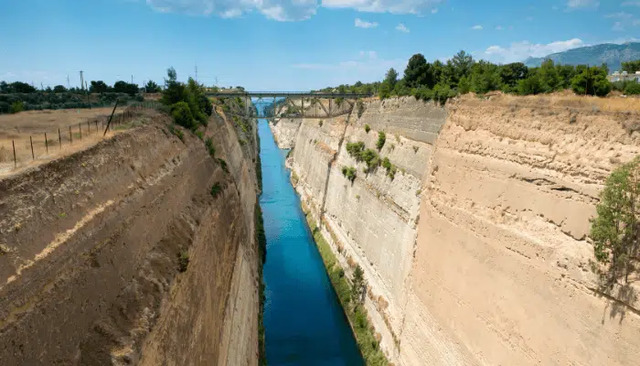
Video
Check out the video to explore the world’s deepest canal in Europe From Above S2 by National Geographic UK. It’s a breathtaking aerial journey you won’t want to miss!
The 19th-Century Construction and Engineering Feat
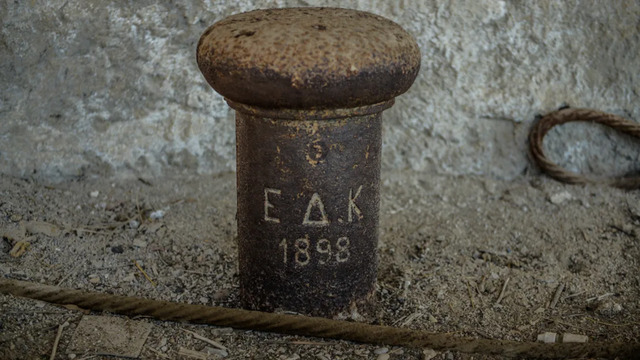
The idea of cutting through the Corinth isthmus was resurrected in the 19th century after Greece gained independence from the Ottoman Empire. Inspired by the successful Suez Canal (opened in 1869), Greek authorities saw an opportunity to modernize trade routes and boost economic growth.
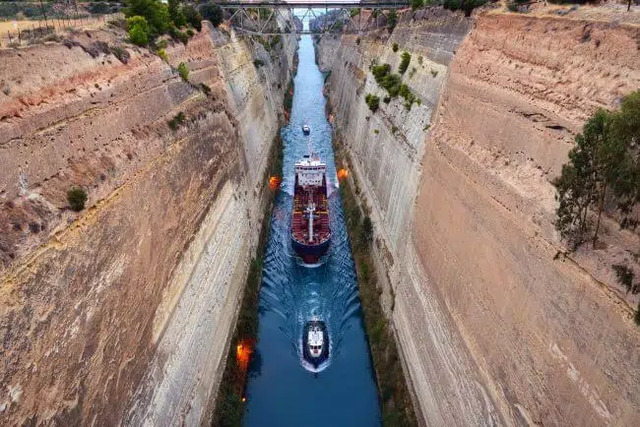
Construction began in 1882, led by a French engineering company, using cutting-edge technology for the time. However, the project faced multiple setbacks:
- Unstable rock formations made excavation difficult.
- Financial difficulties led to work stoppages.
- Logistical challenges in managing excavation and transporting debris.
Despite these obstacles, the Corinth Canal was finally completed and inaugurated on July 25, 1893—over two millennia after its conception. The completion was celebrated as one of the greatest engineering feats of the time, drastically reducing travel distances and enhancing maritime trade.
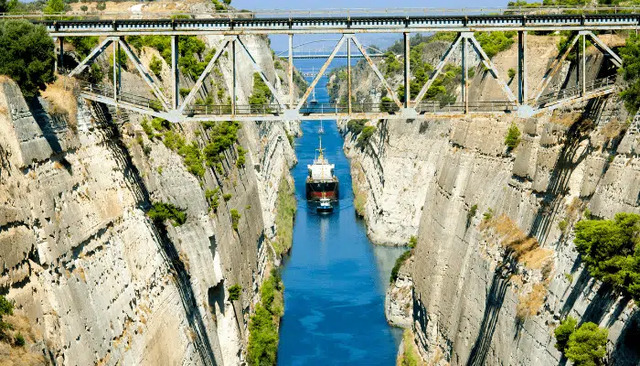
The Corinth Canal’s Modern-Day Importance
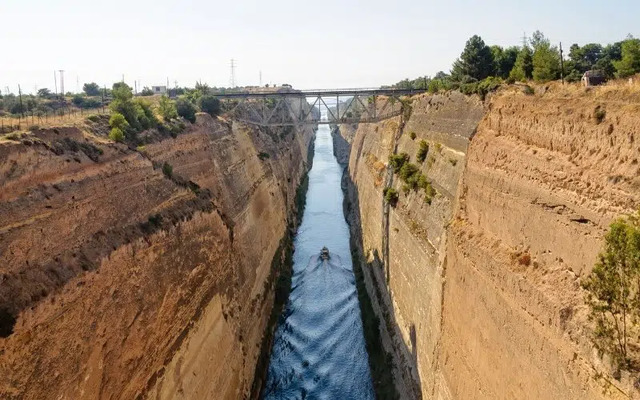
The Corinth Canal spans 6.3 kilometers (3.9 miles) in length, with a narrow width of just 24.6 meters (80 feet) at sea level. The towering limestone walls reach heights of 79 meters (259 feet), making it one of the most dramatic waterways in the world.

Despite its narrow passage, the canal remains a key navigational route, saving ships from a 300-mile detour around the Peloponnesian Peninsula. Today, the canal sees:
- Up to 12,000 vessels annually, including commercial cargo ships, yachts, and tourist boats.
- 60+ nationalities represented, with vessels from around the world passing through.
- Hundreds of thousands of visitors who admire its engineering brilliance and natural beauty.
Challenges and Restoration Efforts
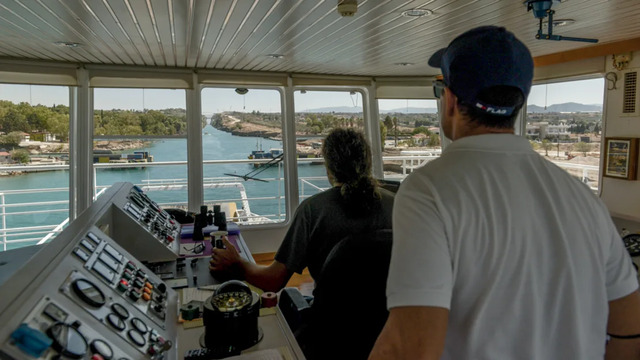
While the Corinth Canal has stood the test of time, it has faced several major disruptions:
- 1923 Landslides: Over 41,000 cubic meters of rock collapsed into the canal, shutting it down for two years.
- World War II Sabotage (1944): Nazi forces destroyed bridges and triggered landslides, blocking the canal for five years.
- Recent Landslides (2021): Geological instability led to a €32 million restoration project, aimed at reinforcing the canal’s steep cliffs.
While restoration efforts continue, authorities aim to enhance tourism infrastructure, including:
- A new museum showcasing the canal’s long history.
- Digital exhibitions featuring historic artifacts and engineering plans.
- A renewed focus on preserving the site’s archaeological significance.
The Corinth Canal’s Cultural and Tourism Significance
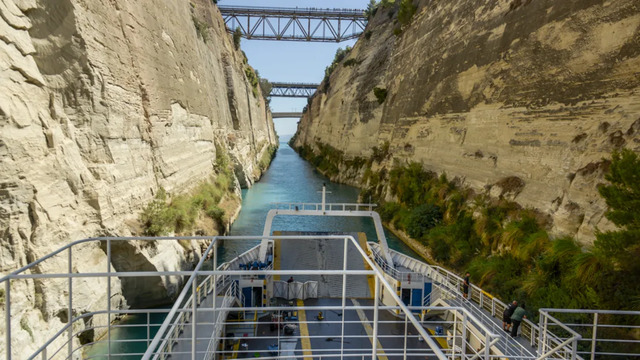
Beyond its engineering marvel, the Corinth Canal is a top tourist attraction, ranking as Greece’s second-most visited landmark. Visitors can:
- Take scenic boat tours through the canal.
- Admire breathtaking views from the bridges above.
- Experience adrenaline-filled activities like bungee jumping from an 80-meter platform.
Moreover, the canal is rich in history, with remnants of the Diolkos, ancient Roman reliefs, and centuries-old stone carvings still visible along its cliffs. It serves as both a symbol of ancient ambition and modern perseverance.
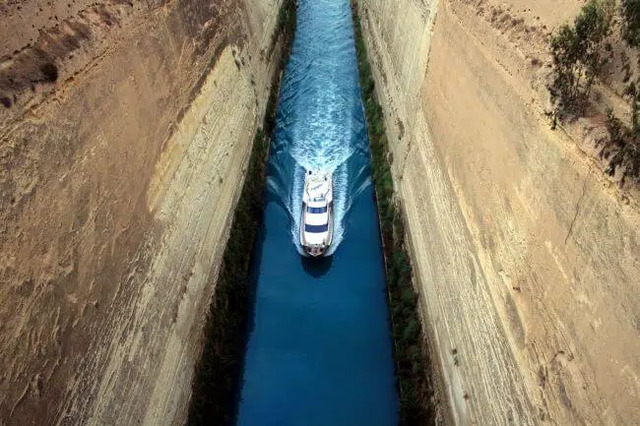
Video
Watch the video to dive into the epic history of Ancient Corinth, Acrocorinth, and the Corinth Canal. It’s an unforgettable exploration of Greece’s rich past!
Conclusion
The Corinth Canal is far more than a mere waterway—it is a testament to human ingenuity and determination. What began as a dream in ancient Greece became an engineering triumph in the modern era, forever changing maritime travel in the Mediterranean. Despite facing natural disasters, financial crises, and war, the canal has remained a vital part of global trade and Greek tourism.
As restoration efforts continue and new attractions emerge, the Corinth Canal will continue to inspire generations, standing as a symbol of resilience, innovation, and history. Whether as a passage for ships or a must-visit Greek landmark, this 2,500-year vision remains one of the world’s most remarkable engineering achievements.


